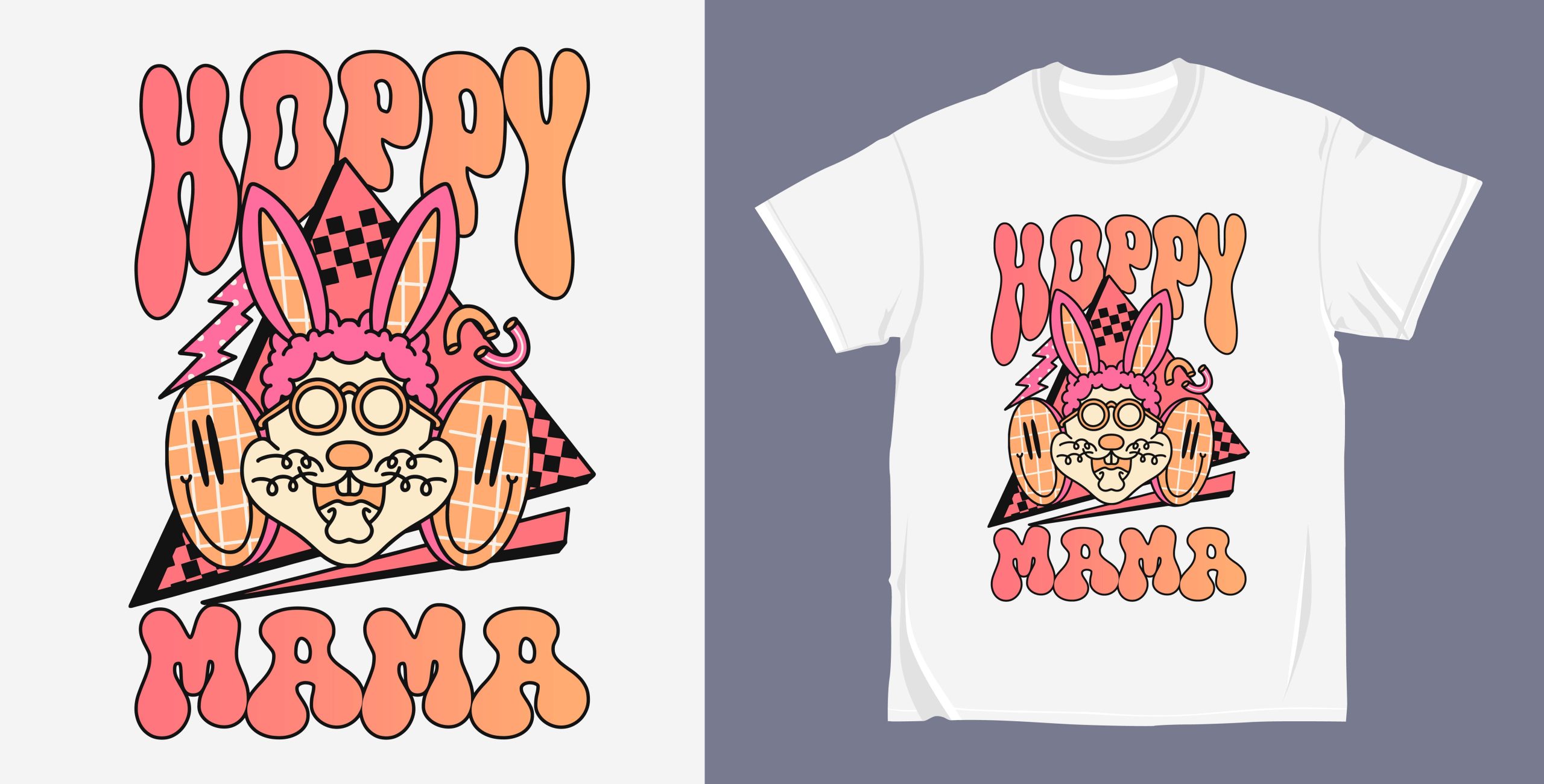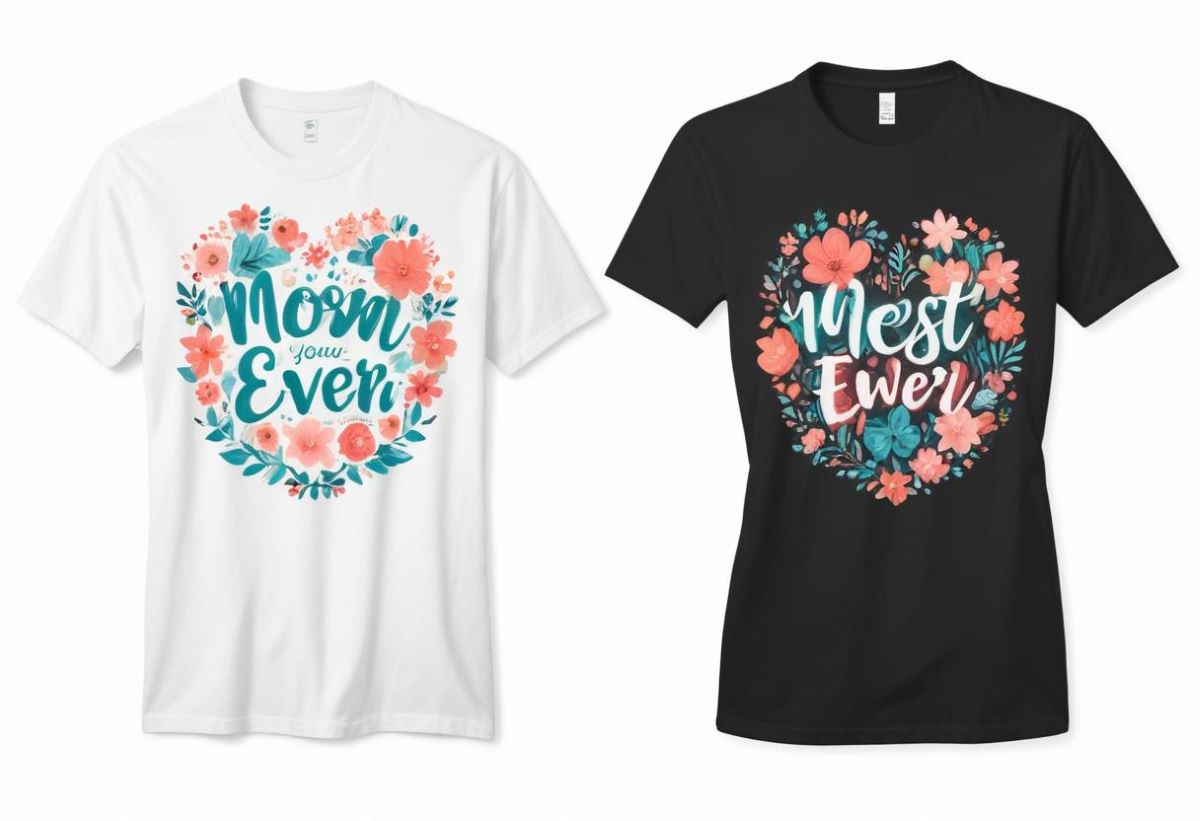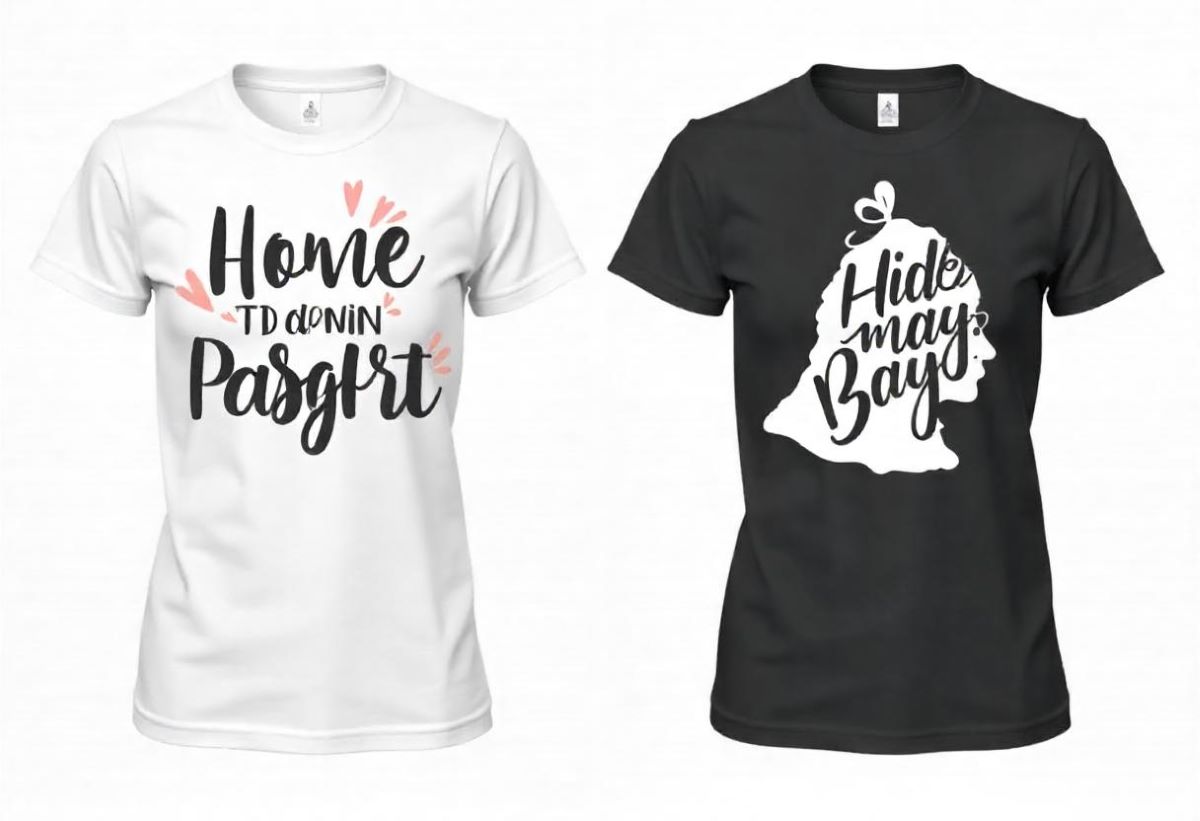DTF transfers have revolutionized the printing landscape by providing an efficient and high-quality method for transferring intricate designs onto textiles. This innovative approach, known as Direct-to-Film printing, allows for vibrant images to be printed on specialized films, which can easily be transferred to various fabric types. The DTF printing process blends creativity with practicality, making it an ideal solution for both businesses and hobbyists looking to produce professional-grade apparel. With numerous benefits of DTF transfers, such as versatility and quick turnaround times, this technique has become increasingly popular in the customization market. In this guide, we’ll explore the essential materials and equipment required, as well as the details of how to DTF print, ensuring you’re equipped to capitalize on this growing trend.
Also referred to as Direct-to-Film transfers, this cutting-edge technique allows for the transfer of intricate graphical designs directly onto different types of fabrics. Using the DTF printing process, users can achieve outstanding results that surpass traditional printing methods, thanks to its efficient application of inks and adhesives. Many individuals are discovering the diverse advantages of DTF printing, such as its adaptability to various textiles and capability to produce vibrant imagery. This guide aims to demystify the fundamentals of this artistic approach, providing insights into the necessary materials, tools, and the complete workflow of how to effectively utilize DTF technology. As the demand for custom apparel surges, understanding the nuances of DTF printing becomes increasingly vital for anyone looking to enter this dynamic market.
Understanding the DTF Printing Process
The Direct-to-Film (DTF) printing process comprises several key steps that ensure the successful transfer of designs onto fabric. Initially, an image is printed onto a specialized DTF film using a modified Epson printer, which uses unique inks designed specifically for this application. This printing method is distinct from traditional screen printing, allowing for intricate details and vibrant color schemes to be captured effectively. The precision and quality of the print at this stage are vital since they directly influence the final product’s appearance.
Once the image is printed, the next crucial step involves applying a hot melt adhesive powder over the wet ink. This powder acts as a binding agent that secures the design to the fabric during the heat transfer process. After evenly distributing the powder, it’s essential to cure it using heat, which sets the adhesive, ensuring a strong bond. Lastly, the film with the applied design is placed on the chosen textile, and a heat press is employed to transfer the ink and adhesive onto the fabric. This multi-step DTF printing process highlights its efficiency and versatility, particularly for small-scale, intricate designs.
Materials Required for DTF Transfers
To engage in successful DTF printing, specific materials and equipment are required to achieve optimal results. The first essential item is a DTF printer, typically modified Epson printers that can handle DTF inks specially formulated for this type of printing. The use of high-quality DTF inks is paramount as they are designed to produce vibrant colors and ensure durability against fading over time.
Additionally, a specialized DTF transfer film is crucial since it serves as the medium for the design transfer. This film must be compatible with the DTF inks to achieve the best results. Finally, a heat press machine is needed to apply the necessary heat and pressure during the transfer process, ensuring the inks adhere properly to the fabric. Investing in quality DTF printing materials can significantly enhance print quality and longevity, making them indispensable for those looking to succeed in this medium.
Advantages of DTF Transfers Over Traditional Methods
DTF transfers offer several advantages over traditional printing methods like screen printing and vinyl transfers. One notable benefit is the exceptional quality of prints achieved through the DTF process. The final output often displays clearer images, richer colors, and finer details. This level of quality is particularly appealing for businesses seeking to provide top-notch customized merchandise while ensuring that images stand out.
Moreover, DTF transfers are remarkably versatile. They can be applied to various fabric types including cotton, polyester, and even blends, making them suitable for a wide range of products from t-shirts to athletic wear. This adaptability allows businesses to explore diverse niche markets without being constrained by fabric limitations. As consumer demand for personalized items grows, the ability to cater to various preferences makes DTF printing a lucrative option for modern print providers.
Evolving Market Trends in DTF Transfers
The landscape of DTF printing is shaped by current market trends, with a notable increase in demand for custom apparel driven by burgeoning e-commerce platforms and a shift towards personalized fashion. As consumers increasingly seek unique designs and tailored products, businesses are responding by adopting DTF technology to maximize their offerings. This shift is accompanied by lower operational costs compared to traditional printing methods, making DTF transfers particularly attractive to both startups and established brands.
Additionally, the rise of direct-to-consumer sales has intensified competition among printing businesses. Companies leveraging DTF printing capabilities can quickly respond to market changes and customization requests, positioning themselves favorably in the market. This agility is crucial as trends can shift rapidly, and having the flexibility to produce small batch orders efficiently will likely remain a defining characteristic of successful DTF printing businesses.
Recent Innovations in DTF Technology
As the DTF printing industry continues to mature, innovative developments are reshaping the landscape. Recent advancements focus on enhancing print quality while streamlining production processes, catering to both professional print shops and amateurs. Enhanced software solutions enable easier design adjustments and color management, which are essential for achieving the desired print aesthetics. These innovations not only help in achieving high-quality outputs but also ensure user-friendliness, making DTF printing more accessible.
Moreover, there is a growing emphasis on sustainability within the DTF printing sector. The introduction of eco-friendly inks and materials reflects a significant trend towards responsible practices in printing. Businesses adopting sustainable methods not only meet consumer demand for environmentally conscious products but also contribute to reducing the printing industry’s overall ecological footprint. As this trend evolves, it is likely to influence future technological developments in the DTF space.
Overcoming Challenges in DTF Printing
While DTF printing presents numerous benefits, it is not devoid of challenges, especially for newcomers entering the arena. Initial equipment costs can be a barrier for small businesses or hobbyists considering entering the DTF printing market. Establishing a budget that covers essential supplies like modified printers, transfer films, and heat press machines is crucial for a smooth start in this printing method.
Another significant challenge lies in mastering the intricacies of the DTF printing process. Future printmakers must devote time to learning how to achieve optimal print quality, including understanding the proper curing techniques and adhesive applications. Failure to adhere to these processes can lead to issues such as peeling or fading of prints, directly impacting customer satisfaction and brand reputation. By investing in training and resources, individuals can better navigate these challenges, positioning themselves for success in the DTF market.
Frequently Asked Questions
What is the DTF printing process and how does it work?
The DTF printing process involves three key steps: first, a design is printed onto a specialized DTF transfer film using a modified DTF printer. Second, a hot melt adhesive powder is applied to the wet ink, which is then cured with heat to ensure proper adhesion. Finally, the film is placed on the chosen fabric and heat pressed, allowing the design to transfer effectively to the textile.
What are the benefits of DTF transfers compared to traditional printing methods?
DTF transfers offer several benefits over traditional printing methods, including higher print quality with vibrant colors and detailed images, versatility to print on various fabric types, and greater efficiency in fulfilling small batch custom orders. This makes DTF printing particularly appealing for businesses and hobbyists alike.
What materials do I need to get started with DTF printing?
To start with DTF printing, you’ll need a DTF printer (often a modified Epson), DTF transfer film, hot melt adhesive powder, and a heat press machine. These materials are essential to achieve high-quality prints and ensure effective transfers on fabrics.
Can DTF transfers be used on any type of fabric?
Yes, one of the major advantages of DTF transfers is their versatility. They can be applied to a wide range of fabric types, including cotton, polyester, blends, and more, making them suitable for various textile applications, from t-shirts to sports jerseys.
What are some challenges associated with DTF printing?
Challenges of DTF printing include the initial costs of equipment and materials, a learning curve in using the technology effectively, and the importance of proper curing to avoid issues like peeling or fading. It’s crucial to invest time in mastering the process to maintain print quality.
How do recent developments in DTF technology affect the printing industry?
Recent developments in DTF technology, including innovative printers and environmentally friendly inks, are enhancing print quality and production efficiency. These advancements make DTF printing increasingly accessible and sustainable, aligning with current market trends toward personalized and eco-conscious apparel.
| Key Points | Details |
|---|---|
| What is DTF Printing? | A technique that prints designs on specialized film that transfers to fabric using heat. |
| Essential Materials and Equipment | DTF printer, DTF transfer film, hot melt adhesive powder, heat press machine. |
| Printing Process | 1. Printing on DTF film; 2. Applying adhesive powder; 3. Transferring to fabric using a heat press. |
| Advantages | Outstanding quality, versatility across fabric types, and efficiency for small orders. |
| Market Trends | Increased popularity in customized apparel and unique merchandise creation. |
| Challenges | Initial equipment costs, learning curve for effective use, and importance of proper curing. |
| Recent Developments | Advancements in print quality, eco-friendly materials, enhanced user-friendly technology. |
Summary
DTF transfers are revolutionizing the textile printing landscape with their ability to produce high-quality, detailed designs efficiently. This innovative printing method is not only versatile, adapting to various fabric types, but it also caters to the growing demand for personalized apparel in the booming e-commerce market. While challenges such as initial equipment costs and a required learning curve persist, the significant advantages of DTF transfers, like vibrant colors and the ease of small-batch production, solidify their role as a favored option for both businesses and hobbyists alike. As technology continues to advance, embracing DTF transfers will unlock new avenues for creativity and business potential in the fabric printing market.



